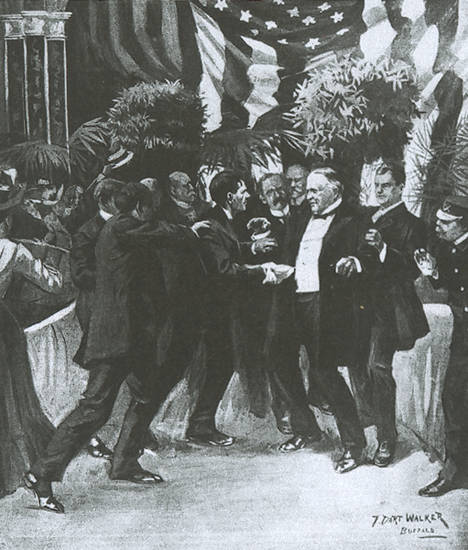Only one major bit of science traveling so far this year (more on that below), but it’s been a busy period nonetheless. Here’s a quick catch up around the blogs.
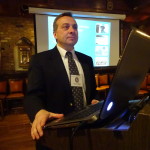 Hot White Snow: My more “creative” writing, responses to writing prompts, some memoir-ish works, and articles “On Writing.”
Hot White Snow: My more “creative” writing, responses to writing prompts, some memoir-ish works, and articles “On Writing.”
Recent “On Writing” posts include “That Time in the Video” and “On Writing Science…and Fiction.” Writing prompt responses include “World’s Best Widget, Part Deux,” and “Falling Upward.” This latter post is joined by “You Have More Shrimp Than Me” as efforts in memoir.
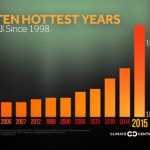 The Dake Page focuses on communicating science to the general populace, with a sometimes emphasis on climate change. Recent articles look at the recent decision by the Supreme Court to issue a stay on implementation of President Obama’s Clean Power Plan, and then a few days later the ramifications of Justice Scalia’s sudden death. This “judicial” (i.e., political) debate goes on while the science shows 2015 to have totally obliterated the previous heat record, and with January doing the same to begin 2016. I also looked at El Nino and the difference between trend and variation, two concepts that climate deniers commonly (and intentionally) mix up.
The Dake Page focuses on communicating science to the general populace, with a sometimes emphasis on climate change. Recent articles look at the recent decision by the Supreme Court to issue a stay on implementation of President Obama’s Clean Power Plan, and then a few days later the ramifications of Justice Scalia’s sudden death. This “judicial” (i.e., political) debate goes on while the science shows 2015 to have totally obliterated the previous heat record, and with January doing the same to begin 2016. I also looked at El Nino and the difference between trend and variation, two concepts that climate deniers commonly (and intentionally) mix up.
 Science Traveler: Here on my author website I focus on my non-fiction works (Tesla, Edison, Lincoln), plus tips and tales about traveling the world. Several recent posts covered my sailing cruise in the Caribbean, including the land of frigate birds and “the most interesting airport landing in the world.”
Science Traveler: Here on my author website I focus on my non-fiction works (Tesla, Edison, Lincoln), plus tips and tales about traveling the world. Several recent posts covered my sailing cruise in the Caribbean, including the land of frigate birds and “the most interesting airport landing in the world.”
Science Traveler is not just about physical travel, it’s about travel in time. Travel-related book reviews include “The Man Who Loved China” and “Turn Right at Machu Picchu.” I also participated in several events around Lincoln’s birthday, including traveling back to 1922 for the dedication of the Lincoln Memorial with this year’s wreath laying ceremony.
Not to be outdone, Thomas Edison makes an appearance with this preview of my new book scheduled for release in July – Edison: The Inventor of the Modern World.
Meanwhile, I’m writing sample chapters for my newest project, this one on Abraham Lincoln. Now, back to work.
David J. Kent has been a scientist for thirty-five years, is an avid science traveler, and an independent Abraham Lincoln historian. He is the author of Tesla: The Wizard of Electricity (now in its 5th printing) and two e-books: Nikola Tesla: Renewable Energy Ahead of Its Time and Abraham Lincoln and Nikola Tesla: Connected by Fate. His book on Thomas Edison is due in Barnes and Noble stores in spring 2016.
Follow me by subscribing by email on the home page. And feel free to “Like” my Facebook author’s page and connect on LinkedIn. Share with your friends using the buttons below.



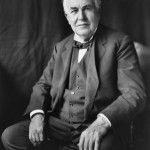
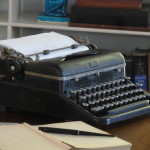 The last few days of 2015 are bringing me somewhat of a breather from science traveling and writing and reading. It’s been a busy year in all respects. The writing scene has been especially productive.
The last few days of 2015 are bringing me somewhat of a breather from science traveling and writing and reading. It’s been a busy year in all respects. The writing scene has been especially productive.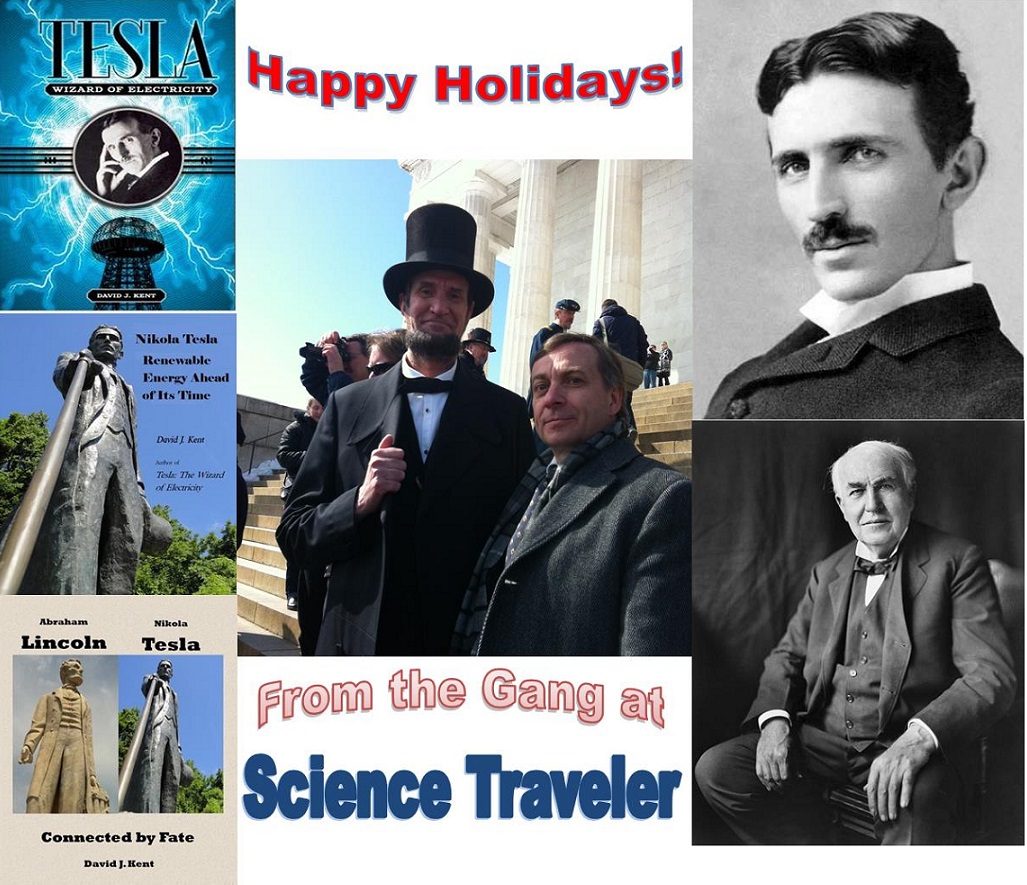
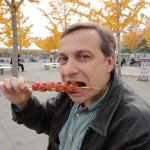 Somehow I managed not to travel anywhere in February, June, and August. But for the other nine months I had at least one out-of-town trip. It was a very good year in Science Traveling. I’ve finished traveling for the year so it’s time for a quick recap.
Somehow I managed not to travel anywhere in February, June, and August. But for the other nine months I had at least one out-of-town trip. It was a very good year in Science Traveling. I’ve finished traveling for the year so it’s time for a quick recap.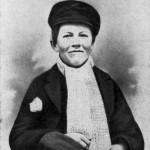 From a young age Thomas Edison showed that he was not like most other boys. Tossed out of school after a few weeks because his teachers thought he was “addled” and “dreamy,” Edison learned mostly on his own by devouring scientific books. He questioned everything. His father began to think young Tom was a bit dim-witted because he asked so many questions. The reverse was true; inquisitive throughout his life, Edison had a knack for remembering virtually everything he read.
From a young age Thomas Edison showed that he was not like most other boys. Tossed out of school after a few weeks because his teachers thought he was “addled” and “dreamy,” Edison learned mostly on his own by devouring scientific books. He questioned everything. His father began to think young Tom was a bit dim-witted because he asked so many questions. The reverse was true; inquisitive throughout his life, Edison had a knack for remembering virtually everything he read.
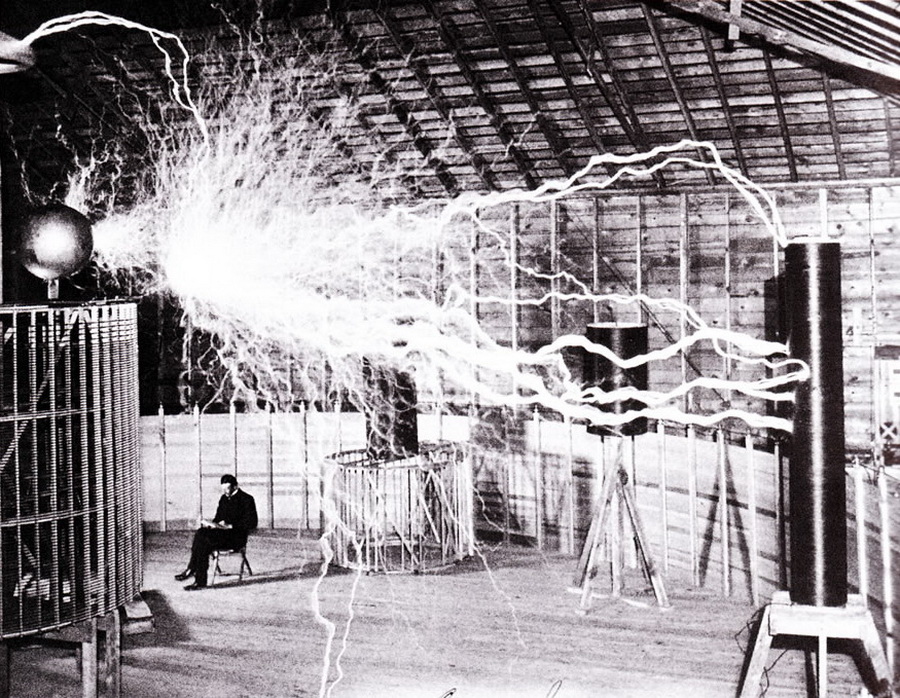
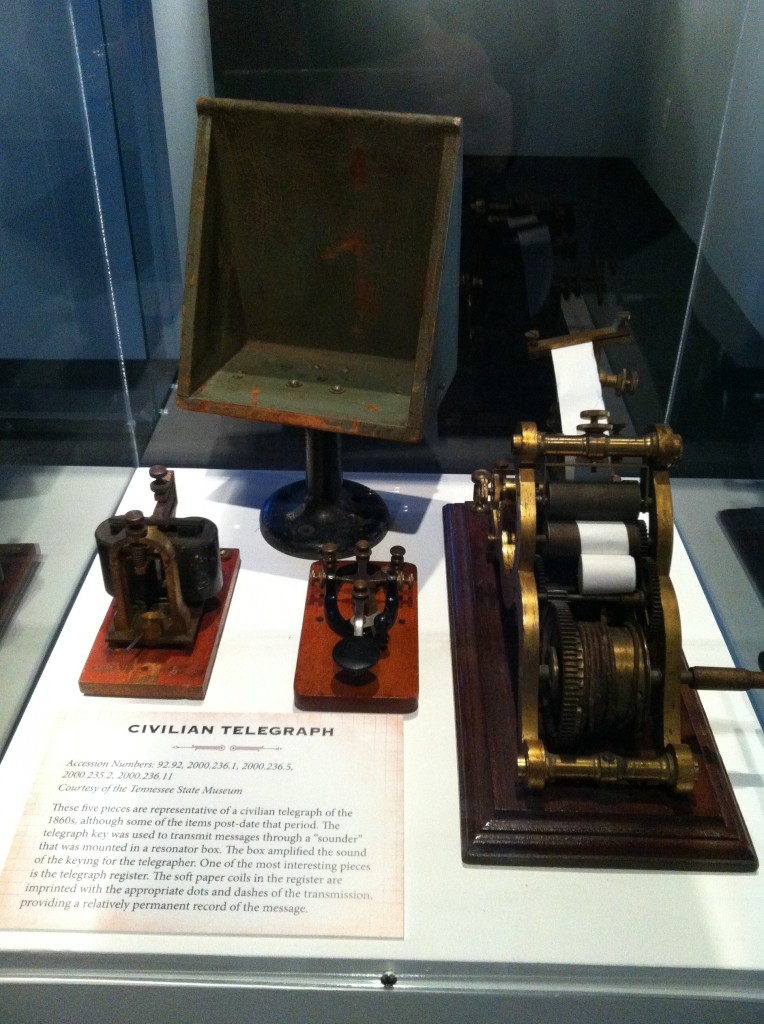
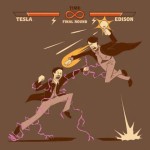 First there was Nikola Tesla, and now there is Thomas Edison. Those who follow this page know that my book
First there was Nikola Tesla, and now there is Thomas Edison. Those who follow this page know that my book 